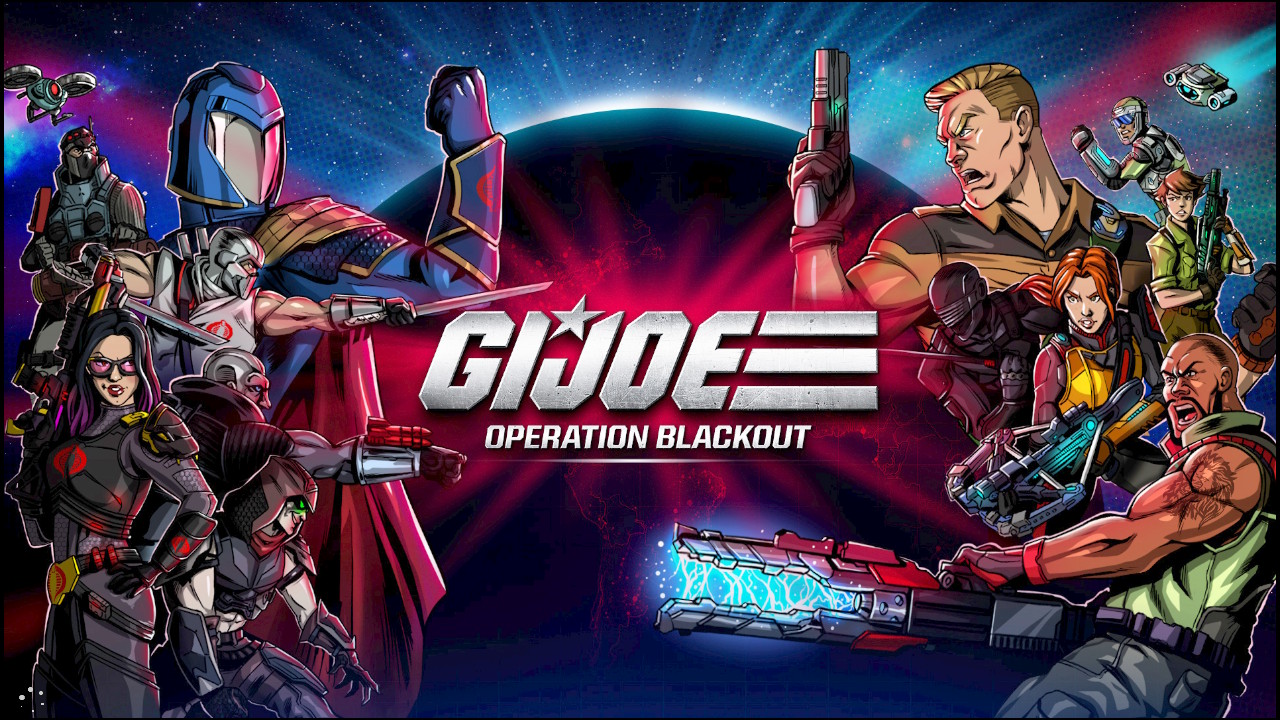[Review] GI Joe: Operation Blackout – Nintendo Switch
GI Joe: Operation Blackout
Nintendo Switch
Developed By: Iguanabee, Fair Play Labs
Published By: Game Mill
Category: Action, Multiplayer, Third-Person Shooter
Release Date: 10.13.20
I love GI Joe. I had dozens – maybe even over a hundred – of their action figures growing up, and a couple dozen vehicles to boot. It’s hard to say whether GI Joe, TMNT, or the X-Men was the most important franchise of my childhood, but it’s neck-and-neck-and-neck between them. So, obviously, when GI Joe: Operation Blackout for the Nintendo Switch came up for selection in the Switch Effect’s review queue, I abused my position as second-most-senior-member-after-Mike to jump to the head of the line and snag it. It feels like GI Joe has waited its whole life for the third-person hero-based multiplayer shooter genre to emerge and finally give us the game GI Joe deserves. Unfortunately, while the game has plenty of winks to longtime fans, it doesn’t do enough to satisfy as a game.
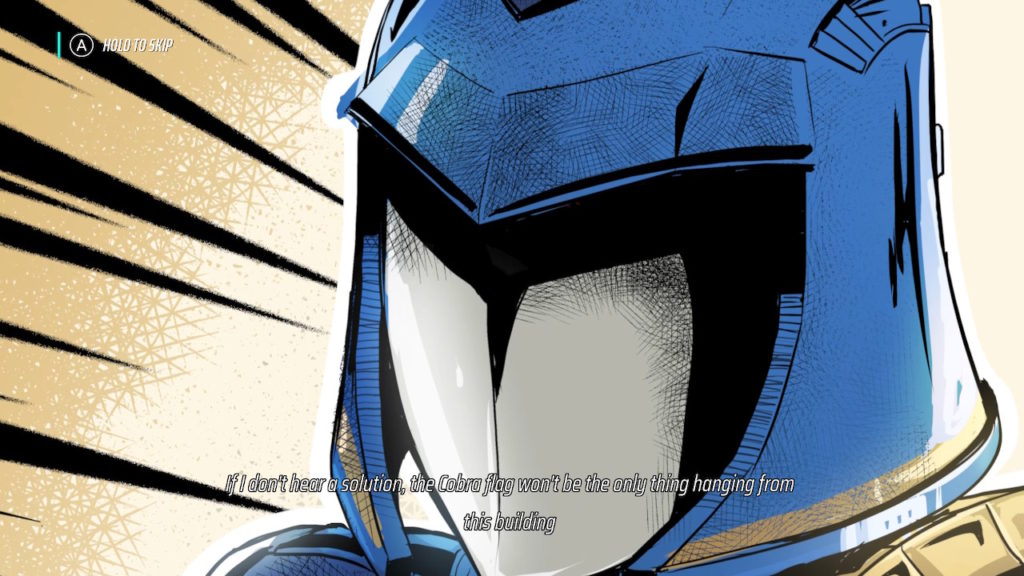
Knowing Is Half The Battle
We’ll start things off with the good; longtime GI Joe fans should be happy with the game’s story, as it’s an update of the very first storyline from the GI Joe cartoon, the five-part epic that men call Pyramid of Darkness. The game opens with Cobra carrying out an attack on the USS Flagg, GI Joe’s aircraft carrier headquarters, in the first stage of their ambitious Operation Blackout. Once GI Joe has been subdued, Operation Blackout knocks out all electrical devices on earth, with the exception of Cobra’s own technology. The story sprawls into a whole mess of concepts from GI Joe lore, like the Arashikage ninja clan and Cobra Commander’s penchant for mind control, as the Joes not captured by Cobra wage a desperate war to free their comrades and depose Cobra. Missions alternate between Cobra and Joe characters, so you get the chance to play as all twelve characters before the game’s over. It’s not an especially deep storyline, but it’s got twists, turns, and Snake Eyes, and that’s pretty much all I need to call it a success.
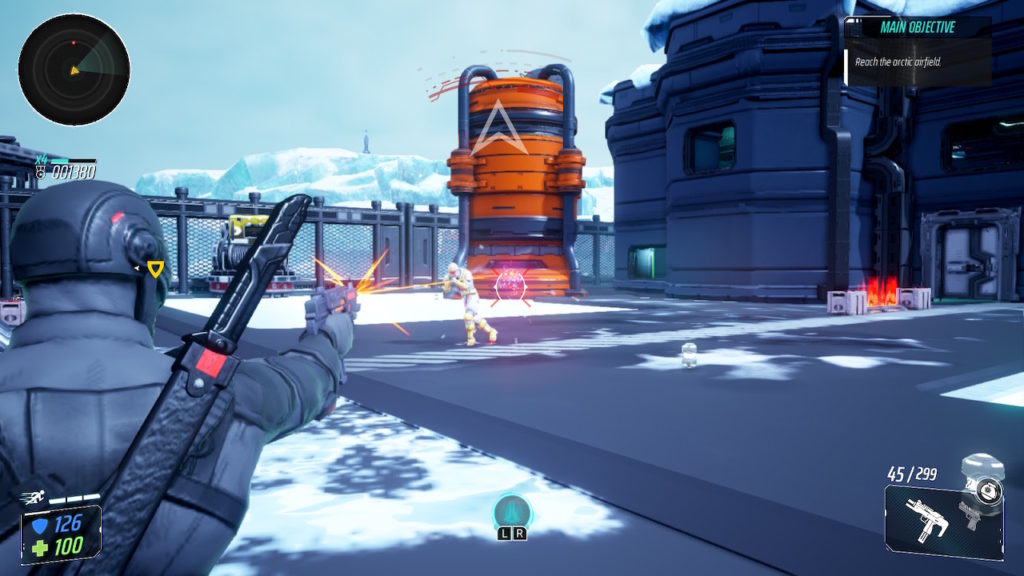
Actually Fighting Is The Other Half Of The Battle
Unfortunately, once you get past the game’s reliance on nostalgia, things don’t exactly fall apart, but they don’t really hold together that well, either. The gameplay is functional, but not especially smooth or engaging. Movement is sound; you can run, jump, dash, and crouch fairly smoothly, but that’s not even the bare minimum needed to make an average shooter. Aiming is a big problem area for the game; I tried playing the game with all ten levels of camera sensitivity, and none of them played smoothly or felt like they moved the camera consistently. You can turn on aim assist if you need to, and while it’s not perfect either, you probably will need to.
It’s made a little more frustrating because on every difficulty level except the lowest, the game’s AI has no trouble tracking you, even when you’re moving around. Everyone knows that the Cobra and Joe troops couldn’t hit the broad side of a barn if they were standing inside with all the doors and windows closed. All kidding aside, there is usually plenty of cover around for players to duck behind for a few seconds so the AI’s stunning accuracy isn’t really much of an advantage. They are very aggressive when it comes to surrounding you and negating your cover position, however. At first it was kind of annoying, but after a while I really grew to appreciate how it kept the pace of the action up and kept the game from becoming just another third-person shooting gallery. You have to keep moving to stay alive; you can’t just hunker down behind a wall and pick off enemies one at a time as they pop up from their cover.
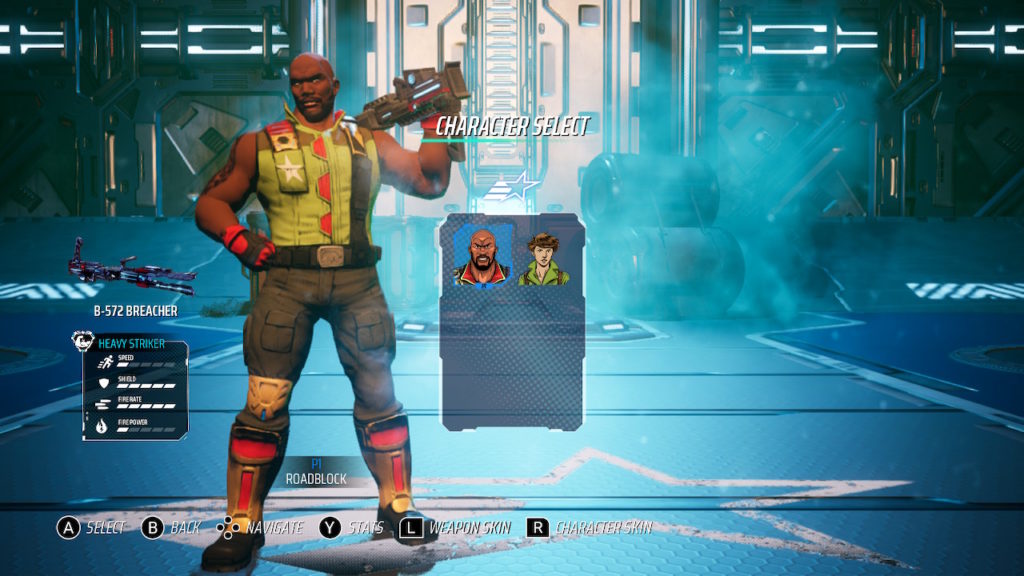
Dirty Dozen
Each of the game’s twelve characters has their own stats and some unique moves and weapons that help every character feel like they have some individuality. Every character has an ultimate attack meter that builds over time, which is the main source of differentiation in terms of move sets; for instance Storm Shadow has a melee attack, whereas Duke tosses a special, extra-powerful grenade. Each character can carry two weapons; one is a generic, interchangeable gun, like an assault rifle, shotgun, or pistol. The other is unique to that character and can’t be switched out, but it’s generally the best weapon that character will get anyway. You get to try things ranging from Snake Eyes’ signature ninja Uzi to Firefly’s rocket launcher.
Some characters also have different types of dashes, too, which I actually didn’t care for. Ninja characters like Snake Eyes and Storm Shadow did dodge rolls which I found crucial for dodging fire. Larger characters, like Roadblock, don’t really dodge, though – they charge forward. They get an automatic melee attack if they run into anyone when they do, which is nice, but I don’t want a second melee option, I want a dodge! Instead of building more options for the characters which charge, it actually limits their options for getting out of trouble, while replacing their dodge with an ability that any character can pretty much do manually by running or rolling forward and using a regular melee attack.
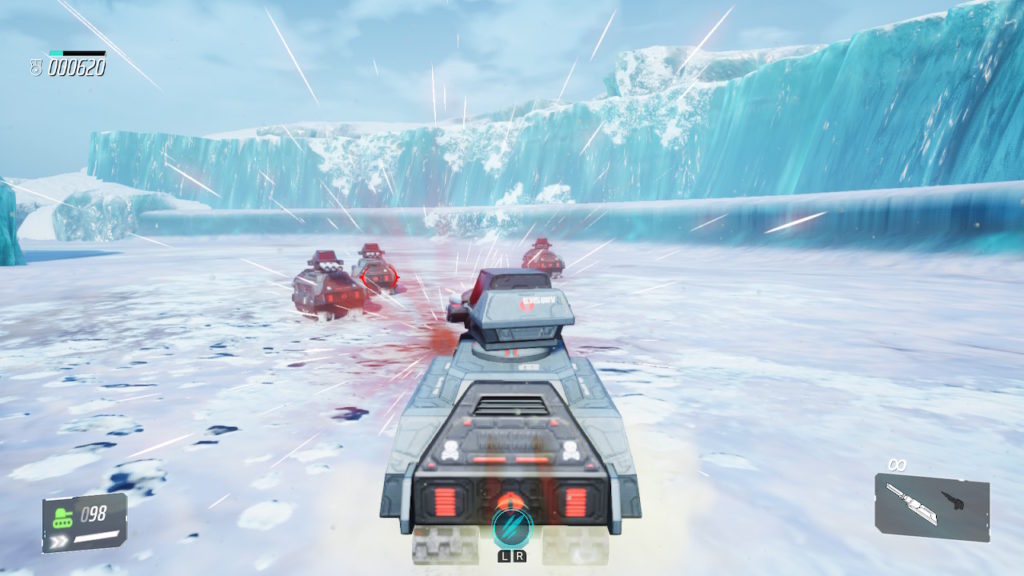
There Are Vehicles Too, I Guess
Every few missions you’ll get a vehicle level, and they unfortunately feel like kind of an afterthought. It’s sort of an on-rails experience; the vehicle constantly moves forward, but you can swerve from side to side. You can also boost or brake to navigate past certain obstacles like exploding missiles or falling rocks. Aiming is a little smoother with the vehicles than it is for the general combat, but it doesn’t really help the levels feel more substantial. In general I was able to beat the vehicle levels without expending a lot of effort. If you time your boosts right you can basically never get hit, and timing your boosts isn’t that hard. These levels sadly just felt like filler meant to pad the game’s mission count.

The Buddy System
The game has three different modes for players to enjoy. You can play the game’s campaign either solo or co-op, or you can give the game’s multiplayer mode a try. Multiplayer has all of your typical shooter game types, like deathmatch and king of the hill, so it’s fine in that respect, but the lack of online multiplayer feels like a huge omission. I mean, who doesn’t want to play Overwatch but with GI Joe and Cobra instead? Co-op is really cool for the game’s campaign, especially because if you try it single-player, you’re saddled with an AI partner who kind of totally freakin’ sucks. I hardly ever saw my AI buddy actually fire, mostly they just stuck right on my hip and got in my line of fire. It was bad enough when my AI partner was just blocking regular bullets, but things got deadly stupid when I was playing as a character with an explosive weapon, like Firefly. I can’t tell you how many times I died when playing as Firefly because my incredibly dumb AI companion walked right in front of me when I fired a rocket and I got obliterated by the splash damage.
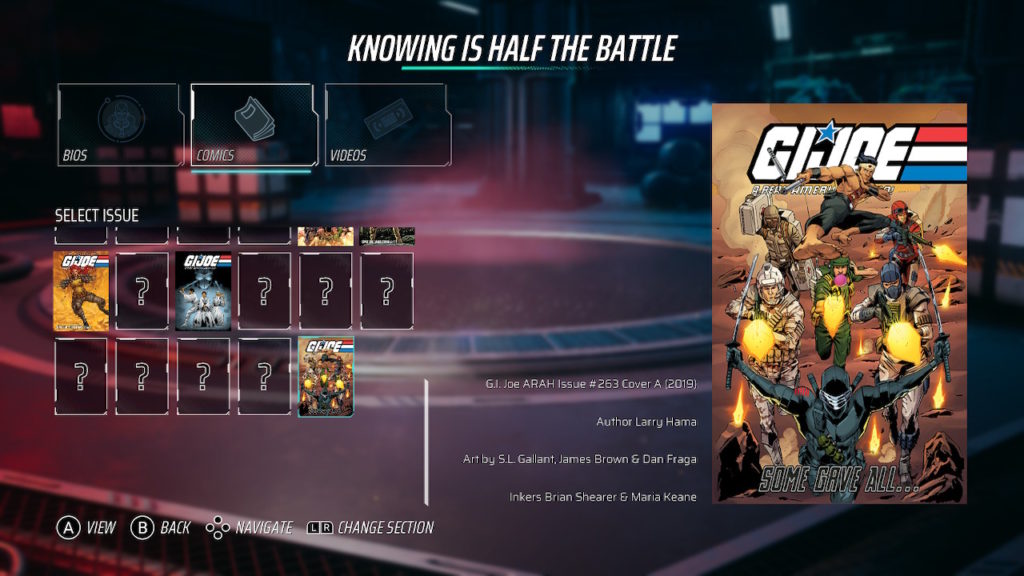
Decorated Veterans
The game has plenty of Easter eggs for longtime fans in the form of unlockable comic book covers and character skins. You can unlock weapon skins, too, but they feel a little less special. Also, the comic book covers seem to be drawn solely from the recent IDW Comics series – maybe there were some rights issues with the comics published through other publishers? It’s too bad – I’ve got a lot of fondness for the old Marvel issues, but it’s not a game breaker. The character skins are mostly just different types of camo for the game’s different environments, but some of them are aimed directly at fanboys’ hearts, like Roadblock’s BBQ cookout skin or Snake Eyes’ brilliant disguise from the original Pyramid of Darkness.
There were plenty of opportunities for more Easter eggs that I’m kind of bummed the game didn’t take. For instance, there are sections of the game where you have to shoot down aircraft making bombing runs. When the planes blew up in the cartoon, you’d always see the pilots eject – ALWAYS. There’s no parachuting pilots here, which is a missed opportunity. Also the laser colors weren’t always right – there wasn’t enough of a mix of red and blue lasers, and the sound they made was just a little off from the classic GI Joe laser sound effect. None of these things are deal breakers on their own, but they would have been pretty cool for longtime fans to see.
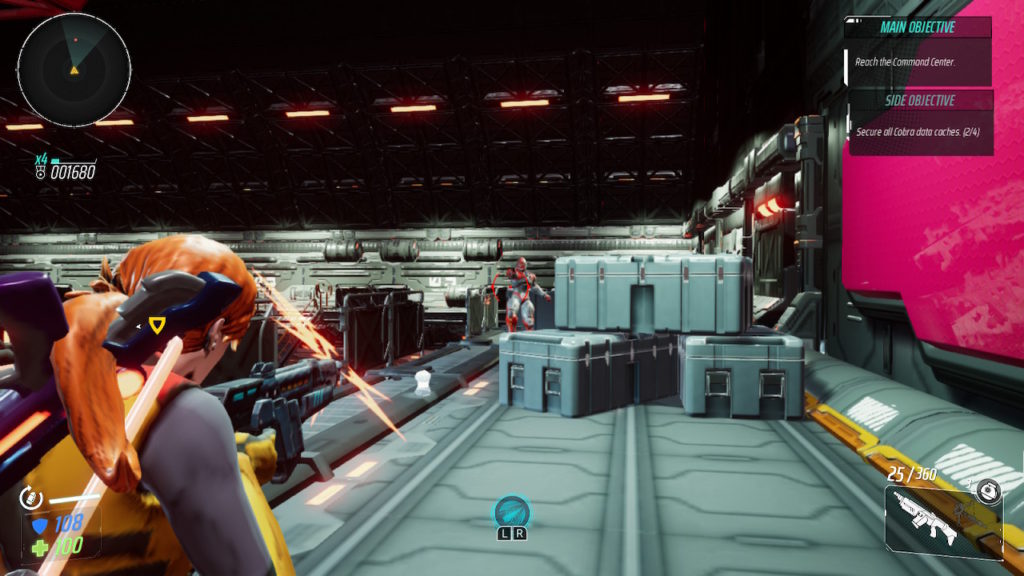
Apparently GI Stands For Graphically Inadequate
A big issue for the Switch has been its lack of power compared to other systems. Somehow Nintendo and select other developers have found ways to publish games for the Switch without sacrificing graphical quality, but GI Joe: Operation Blackout doesn’t enjoy that advantage. Whether you’re playing docked or undocked, the game just looks fuzzy and generally lacks a certain sharpness that YouTube videos show me other systems don’t. It’s a bit of a disappointment. I mean, Switch owners don’t even get to see characters’ lips move during 3D cutscenes! Intermission scenes play out in motion comic style with comic-book inspired art that looks fine, but not great. It’s certainly not up to the level of the GI Joe comics being published nowadays, anyway. Like a lot of things about this game, the graphics are just OK, but not nearly enough to get players excited.
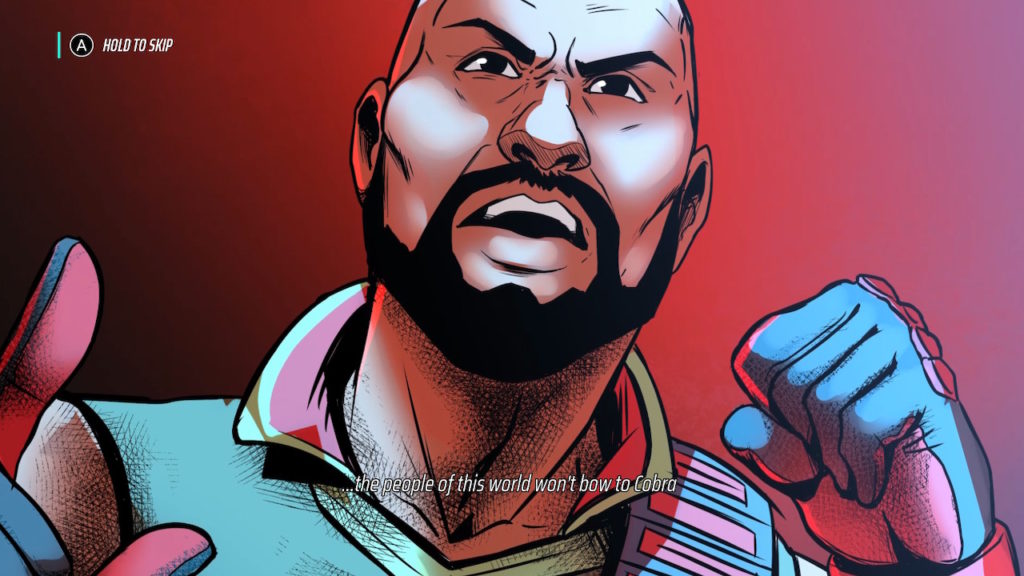
GI Joe Is There
Unfortunately, however, the game needs more than just the mere presence of GI Joe characters to make it worth playing. The gameplay is mostly functional; the movement controls feel fluid, but the aiming is inconsistent and janky. The game does do a good job of making each of its twelve characters play as individuals, but sometimes that actually limits a character’s strategic options more than helps keep things feeling more varied. The story is classic GI Joe material, and there are plenty of Easter eggs to scratch that fanboy itch if that’s what you’re looking for. But when you factor in the game’s lackluster graphics, the whole experience is just pretty blah. The game’s devs have been open about wanting to support the game with additional content, which is great, but the initial experience doesn’t exactly inspire me to come back and check on its progress.


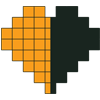


Buy GI Joe: Operation Blackout
Digital – $39.99
Follow Iguanabee
Follow Fair Play Labs
Follow Game Mill
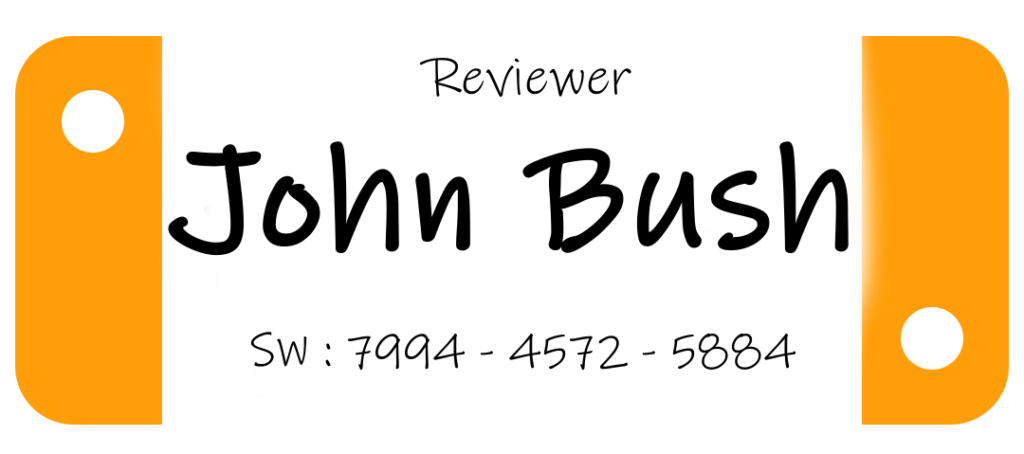
The Switch Effect was graciously supplied a code for review purposes.

